


Born in Berlin at the turn of the 20th century, Anni Albers was not only a weaver, but also an inspiring artist, designer, teacher and author. Her life and work took her from Berlin to Weimar and Dessau, where she was a vital member of the textile workshop at the Bauhaus. In 1933, together with her husband, the painter Josef Albers, she escaped Nazi Germany and moved to the United States, where both became influential teachers at Black Mountain College in North Carolina, a school that would become celebrated for its experimental, interdisciplinary approach. From 1950 until her death in 1994, Anni lived near New Haven in rural Connecticut, weaving (until the late 1960s), travelling, teaching and writing well into old age.
Anni Albers, the most influential 20th-century textile designer, fearlessly experimented and blurred traditional boundaries between art and craft. Akin to her distinctive “pictorial weavings,” Albers interwove her talents as an artist, designer, writer, and teacher to compose a richly textured 60-year career. After periods of creatively stifling training under Impressionist painter Martin Brandenburg, who forbade Albers from using the color black, and at the School of Applied Arts, where she tired of designing floral wallpaper, Albers attended the pioneering Bauhaus. The Bauhaus enrolled Albers in the only workshop open to female students—weaving. Albers considered textiles “too sissy, like needlepoint and the other things . . . ladies do,” but grew to embrace the medium and created “pliable planes” of richly colored, complex abstract compositions. Albers combined natural and synthetic fibers and incorporated non-traditional materials into her work. While attending the Bauhaus, the artist met painters Josef Albers (whom she married in 1925), Wassily Kandinsky, and Paul Klee. In 1933, the Albers couple moved to North Carolina to escape the Nazi regime and teach at Black Mountain College. Albers taught there until 1949, the year she became the first weaver to have a solo exhibition at the Museum of Modern Art in New York (MoMA). In 1963, after “endless years spent at the loom,” Albers took up lithography and screen printing, further exploring the interplay between dynamic patterns and bold color combinations. Albers’s impact on the art and design world remains intact.
"We must find our way back to simplicity of conception in order to find ourselves. For only by simplicity can we experience meaning, and only by experiencing meaning can we become qualified for independent comprehension.” ~ Anni Albers, Color Field, 2016
“The conscientious designer, does not himself design at all but rather give the object-to-be a chance to design itself.” Anni Albers, 1958. From the Tate website, also linked below.
“All progress, so it seems, is coupled to regression elsewhere. We have advanced in general, for instance, in regard to verbal articulation — the reading and writing public of today is enormous. But we have grown certainly increasingly insensitive to our perception of touch — the tactile sense.” Anni Albers, 1965. From the Tate article








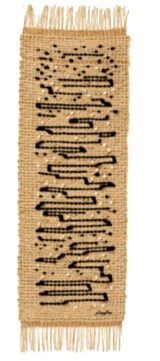








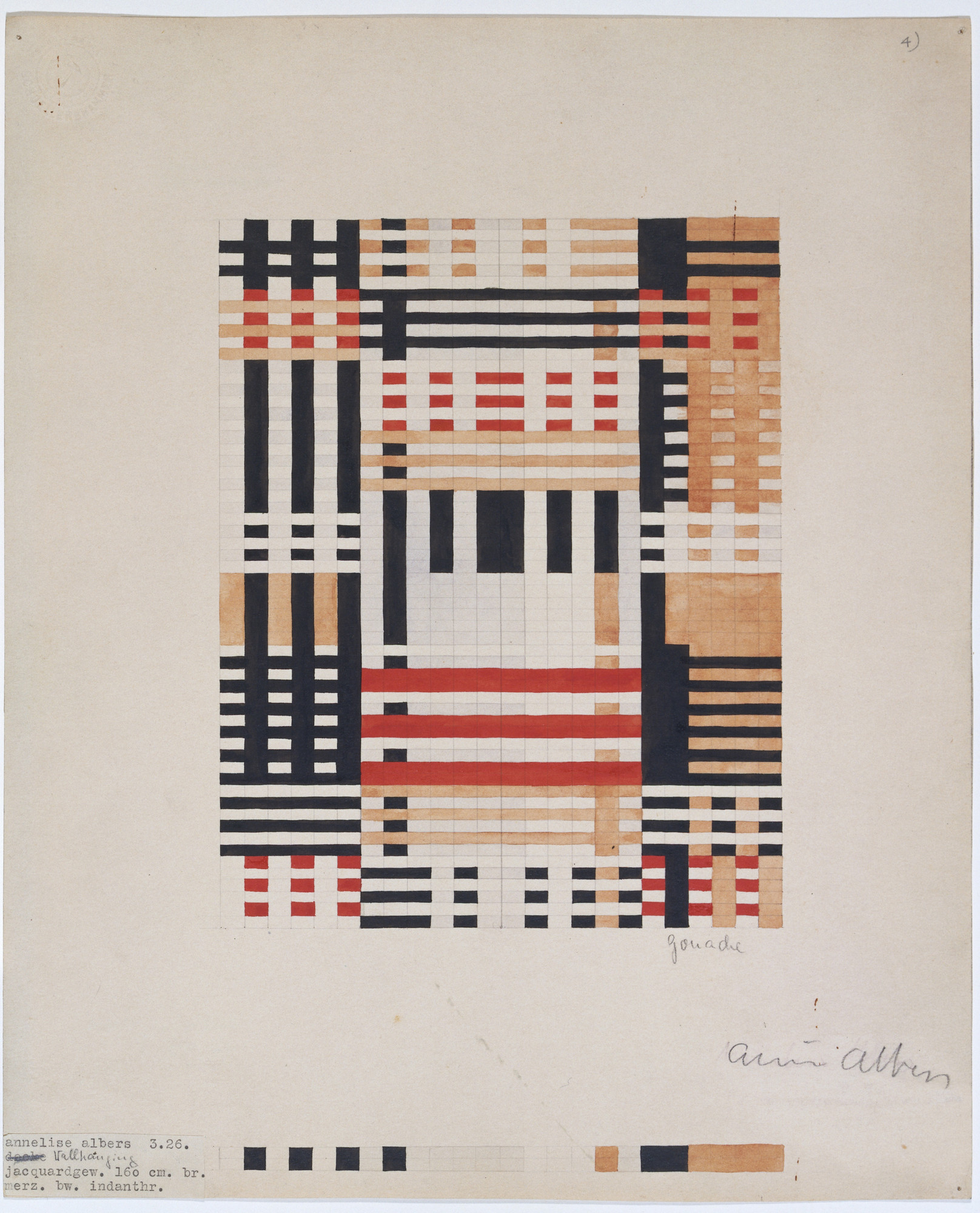
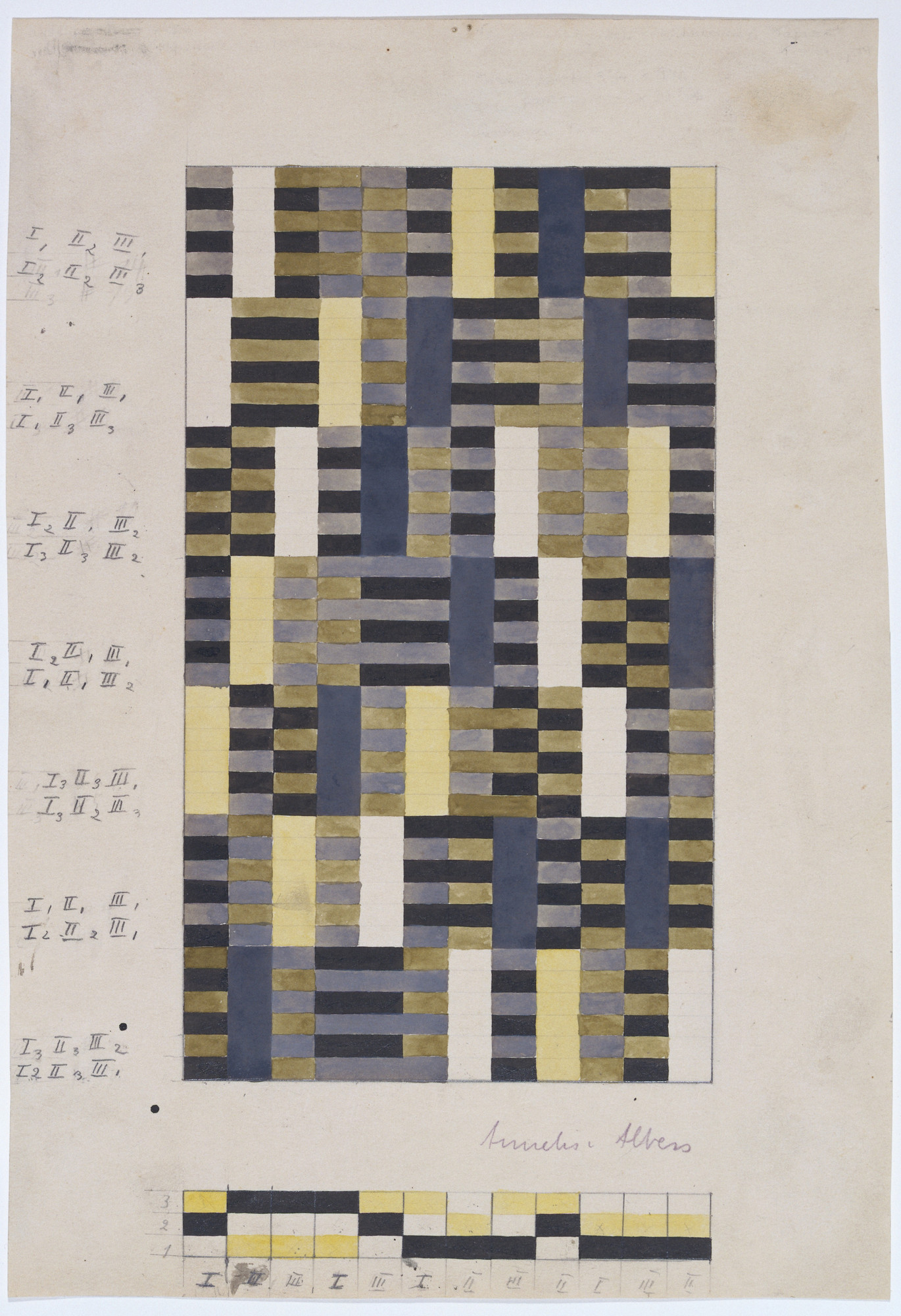

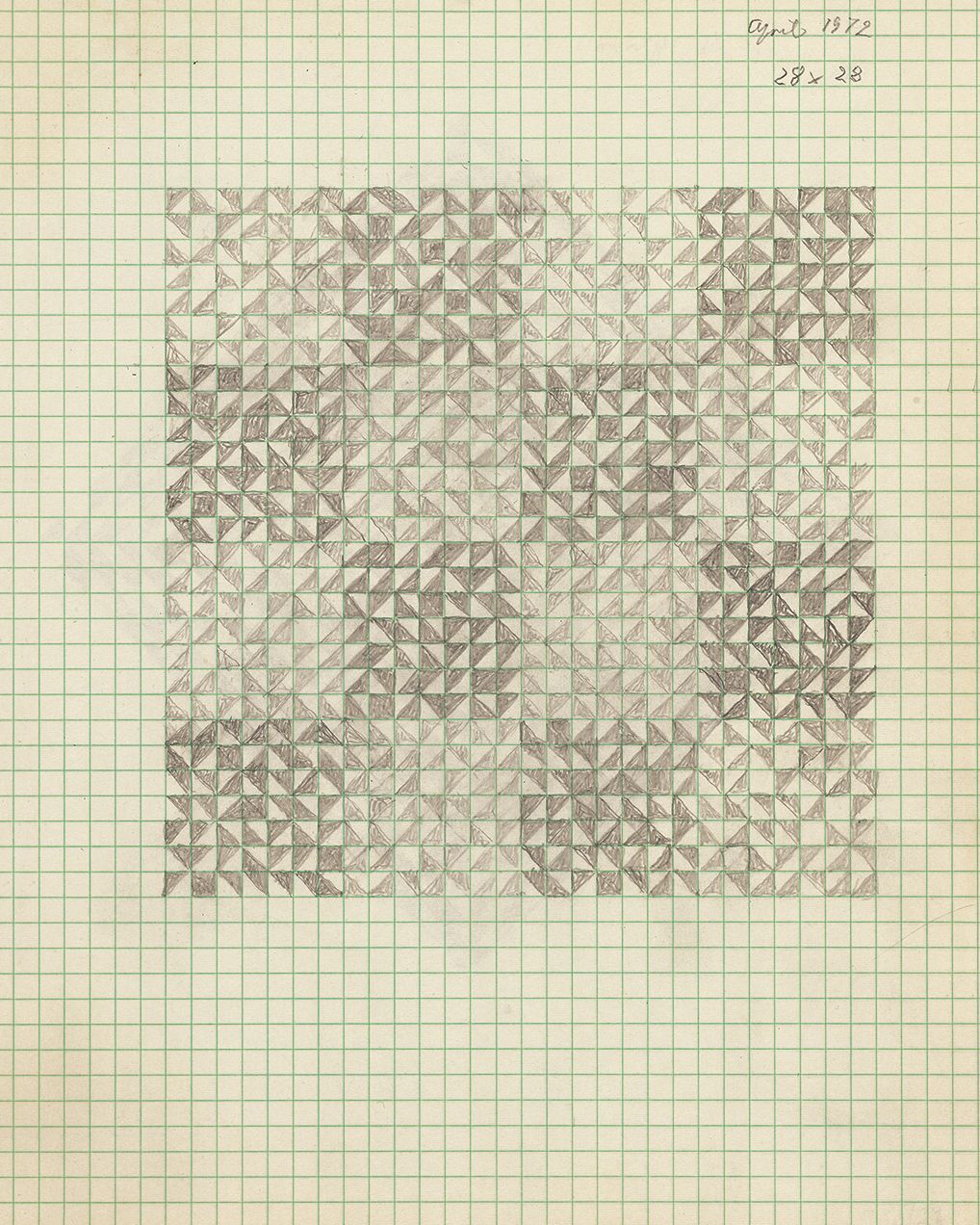
https://www.youtube-nocookie.com/embed/J1HlZfORTJo
https://www.davidzwirner.com/exhibitions/anni-albers-2019
recorded lecture on Zoom by Fritz Horstman about Anni Albers’s significant contributions to art and design (48 mins) https://theglasshouse.org/whats-on/fritz-horstman-on-anni-albers/
https://www.youtube-nocookie.com/embed/pXd1e4vekZI
https://www.chiharu-shiota.com/top-japanese
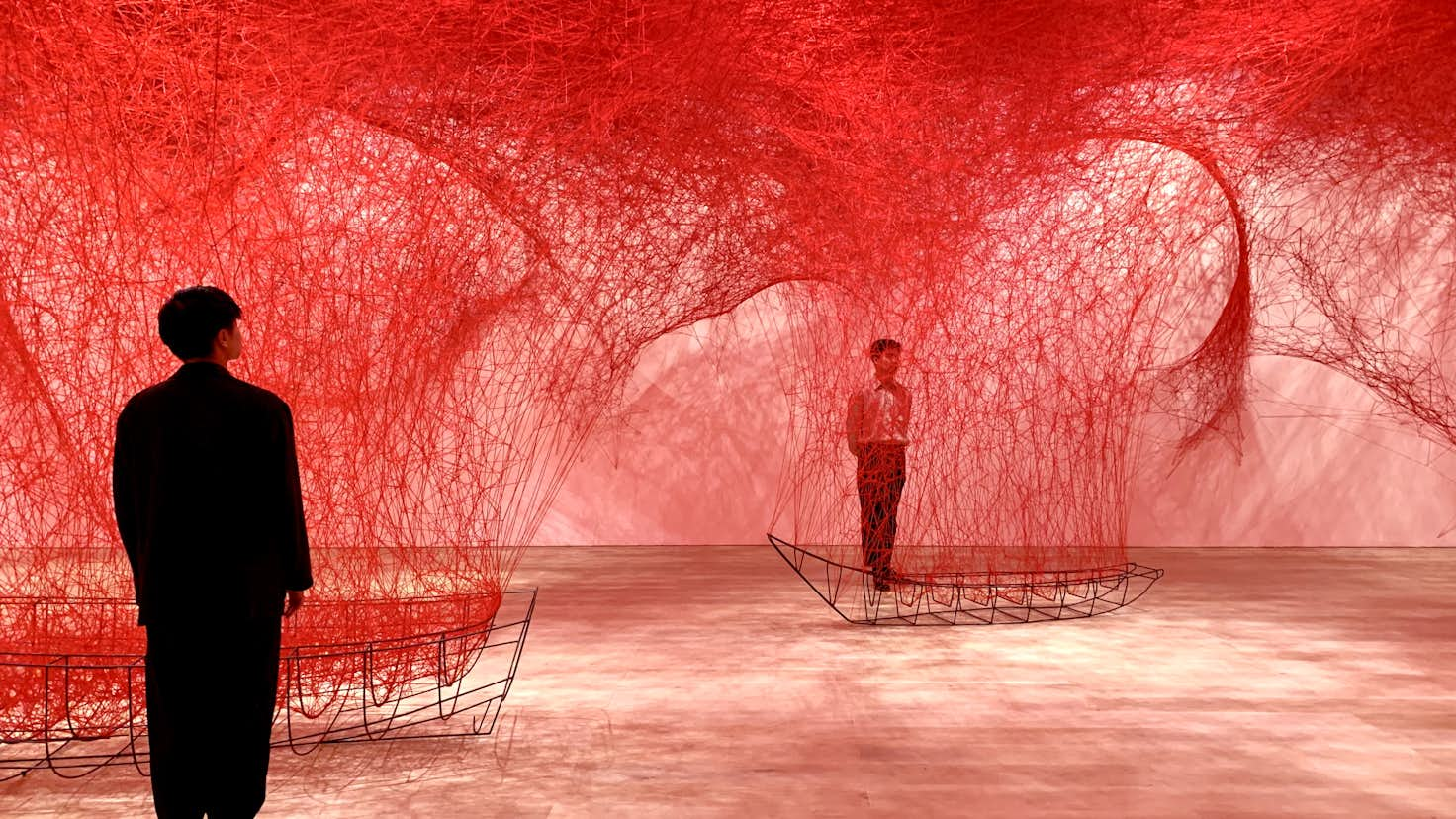
"Techniques are simple to learn. Making them something that represents you will take a lifetime."



https://www.artsy.net/artist/samantha-bittman

https://www.soulsgrowndeep.org/gees-bend-quiltmakers
https://www.moma.org/collection/works/191231
http://www.janineantoni.net/slumber